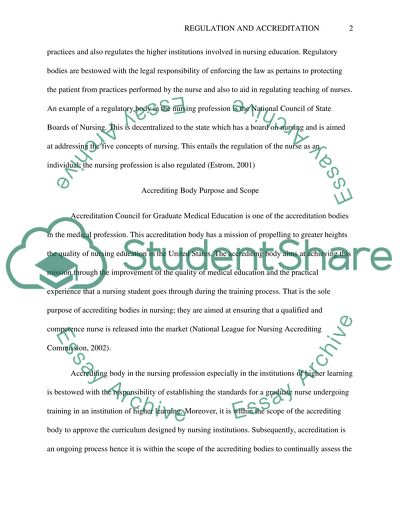Cite this document
(“Contrast between Regulation and Accreditation Research Paper”, n.d.)
Contrast between Regulation and Accreditation Research Paper. Retrieved from https://studentshare.org/nursing/1442433-contrast-between-regulation-and-accreditation
Contrast between Regulation and Accreditation Research Paper. Retrieved from https://studentshare.org/nursing/1442433-contrast-between-regulation-and-accreditation
(Contrast Between Regulation and Accreditation Research Paper)
Contrast Between Regulation and Accreditation Research Paper. https://studentshare.org/nursing/1442433-contrast-between-regulation-and-accreditation.
Contrast Between Regulation and Accreditation Research Paper. https://studentshare.org/nursing/1442433-contrast-between-regulation-and-accreditation.
“Contrast Between Regulation and Accreditation Research Paper”, n.d. https://studentshare.org/nursing/1442433-contrast-between-regulation-and-accreditation.


